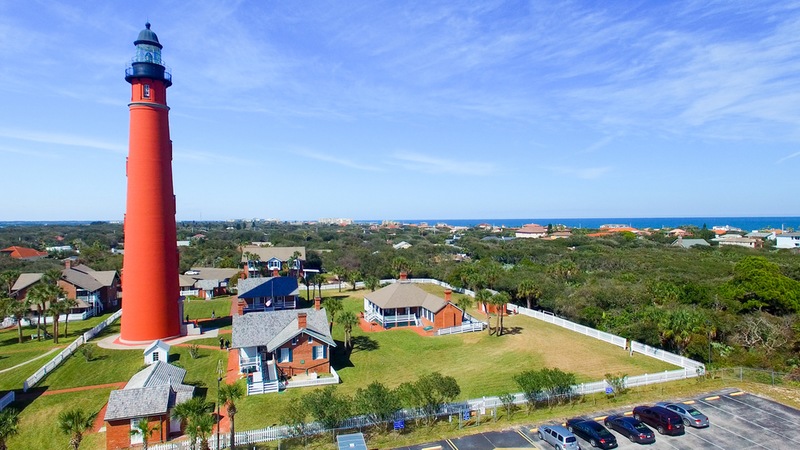
Lighthouses are among the most scenic and photogenic structures you can see in contemporary history. Lighthouses were built to warn ships of unseen danger and guide them safely on their way. They are viewed as symbols of hope for many and attract photographers from far and wide. Here are some useful tips for snapping the perfect photo of the Ponce Inlet Lighthouse.
Prepare for Your Photoshoot
You’ll want to have at least a basic understanding of the lighthouse’s layout and operations before you swing by. Check the map location, the visitors’ guidelines, parking, and photography regulations before you take your trip. You should also make sure to go at a time where there is a lower likelihood of people getting in the way of your photos, such as the early morning.
Do some research on social media or other image-sharing mediums to see what other photographers have done when shooting your prospective lighthouse. You may be inspired by good ideas or angles!
Wide-Angle or Telephoto
Not sure what kind of lens to use for your photoshoot? It depends on what you’re planning to capture. If you want the lighthouse encapsulated in the skyline, sea, and other structures surrounding it, you’ll want to use a wide-angle lens. It should be wide enough to capture most of the scene you’re going for, but not too wide where it becomes fish-eye. If you’re looking for a closer, more detailed photo of the lighthouse itself, a telephoto lens is probably more ideal. Many of these smaller details are missed when using a wide-angle lens.
Light and Weather
The time of day is perhaps the most critical determinant in how your lighthouse photo will be illuminated or colored. For example, the golden hour (the time of day shortly after sunrise or before sunset) is coveted by photographers as one of the best times to get photos. The sun being low in the sky forces the light rays through atmospheric particles that create a warm, diffuse, and dynamic light. If this is what you’re interested in, make sure to look up when the sun rises and sets.
It’s important to be aware what the weather will be like when you go out for your shoot. Especially in the unpredictable Ponce Inlet weather, you’ll want to double check that it won’t be rainy or too overcast - unless, of course, those are the kinds of shots you want. Stormy weather may give rise to waves in the ocean, which can add a turbulent, fun effect to your photos. Fog can be both a blessing and a curse. A little fog can be a great, mysterious effect, while too much will make it hard to even see what you’re photographing.
Lighthouse Special Effects
There are certain things about lighthouses that give special photography effects. For example, since lighthouses are often located near other types of natural structures, like cliffs and foliage, there may be ample photo opportunities that take advantage of the beams that shine off the structures. Additionally, if you’re shooting from a decent distance from the lighthouse, you can step-down your lens or use a lens-effect star filter to create a sunburst effect. This will give it some magical sparkle.
Fast or Slow?
Movement can be depicted in many ways between long exposure and fast shutter. Moving water will achieve that frothy, cloudy look in photos when using long exposures, providing an exciting contrast to the focused parts of the image. Very fast shutter speeds, on the other hand, show the detail of every wave curvature as it crashes. Both are dramatic and awe-inspiring, so you should aim to capture both.
These tips should help you get started on your unforgettable nautical photoshoot. Don’t forget to swing by the Ponce Inlet Lighthouse Museum on your way out for even more history and photo opportunities!